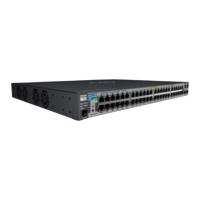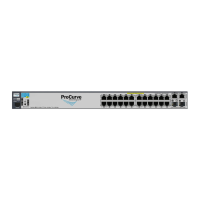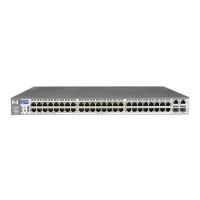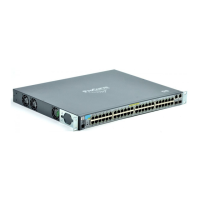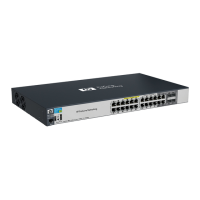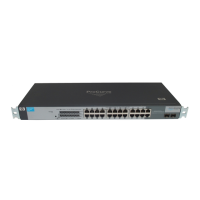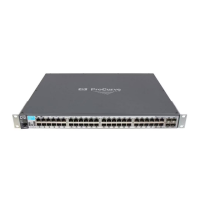Quality of Service (QoS): Managing Bandwidth More Effectively
Introduction
Quality of Service is a general term for classifying and prioritizing traffic
throughout a network. That is, QoS enables you to establish an end-to-end
traffic priority policy to improve control and throughput of important data.
You can manage available bandwidth so that the most important traffic goes
first. For example, you can use Quality of Service to:
■ Upgrade or downgrade traffic from various servers.
■ Control the priority of traffic from dedicated VLANs or applications.
■ Change the priorities of traffic from various segments of your network as
your business needs change.
■ Set priority policies in edge switches in your network to enable traffic-
handling rules across the network.
Edge Switch
Honor Priority
Downstream
Switch
Classify inbound traffic
on these Class-of-
Honor New Priority
Downstream
Downstream
Tagged VLANs on some
Service (CoS) types:
Switch
Switch
or all inbound and
• IP-device (address)
outbound ports.
Tagged VLANs on
Tagged VLANs on at
• VLAN-ID (VID).
inbound and outbound
least some inbound
ports.
Classify inbound traffic
ports.
on CoS types.
• Source-Port
Traffic arrives with
Traffic arrives with the
Change priority on
Apply 802.1p priority to
priority set by edge
priority set in the VLAN
selected CoS type(s).
selected outbound
switch
tag. Carry priority
traffic on tagged VLANs.
Forward with 802.1p
downstream on tagged
priority.
Forward with 802.1p
VLANs.
Set Priority
priority.
Change Priority
Figure 6-1. Example of 802.1p Priority Based on CoS (Class-of-Service) Types and Use of VLAN Tags
Honor Policy
Downstream
Edge Switch
Switch
Classify inbound traffic
Honor New Policy
Downstream
Downstream
on IP-device (address)
Classify on ToS DiffServ
and VLAN-ID (VID).
Switch
Switch
and Other CoS
Apply DSCP markers to
Traffic arrives with DSCP
Classify on ToS Diffserv
Apply new DSCP markers
selected traffic.
markers set by edge
to selected traffic.
switch
Classify on ToS DiffServ.
Set Policy
Change Policy
Figure 6-2. Example Application of Differentiated Services Codepoint (DSCP) Policies
At the edge switch, QoS classifies certain traffic types and in some cases
applies a DSCP policy. At the next hop (downstream switch) QoS honors the
policies established at the edge switch. Further downstream, another switch
may reclassify some traffic by applying new policies, and yet other
downstream switches can be configured to honor the new policies.
6-4
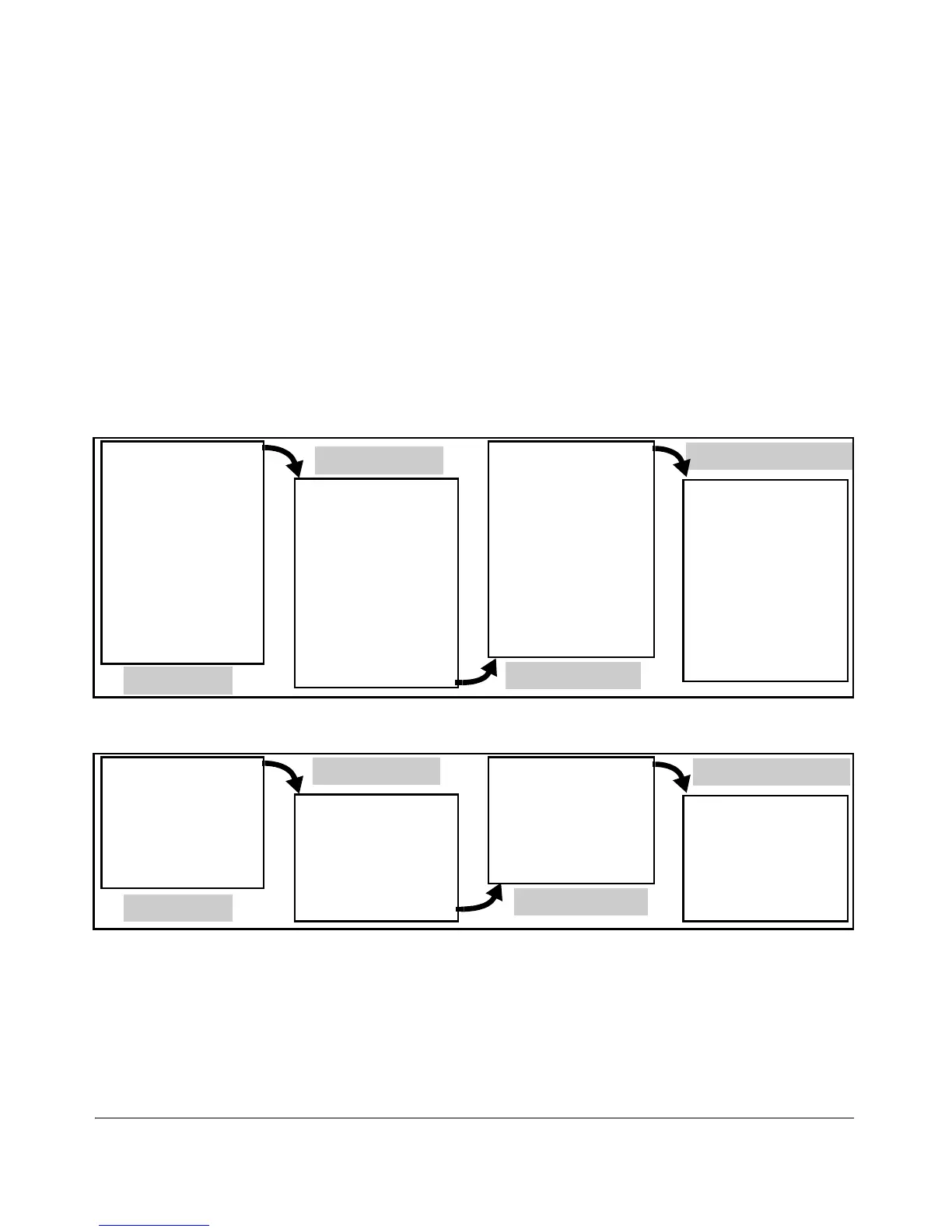